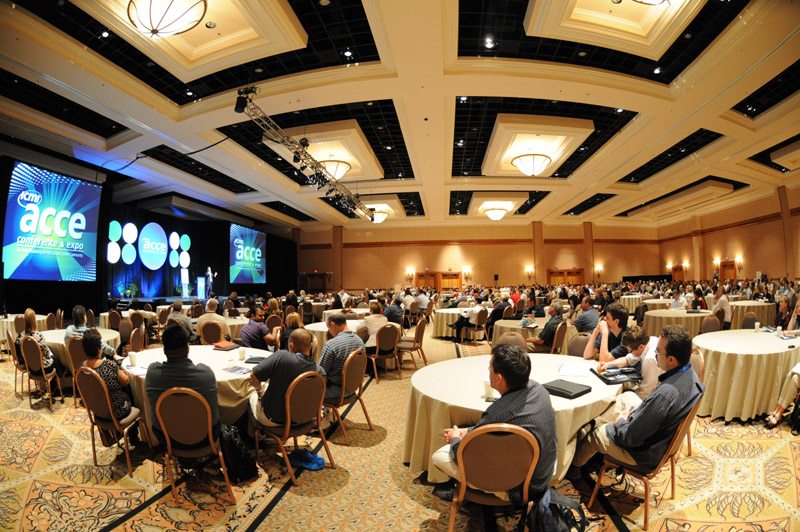After wrapping up some work in California one morning, I flew to Maryland—a 4.5 hour flight—and decided to drop into a clothing store on the way to my destination in Annapolis, Maryland. I selected a few things and handed my credit card to the person at the register. He swiped it, paused, swiped it again, and informed me the card was not active. That’s odd, I thought.
I made my way to a relatively quiet corner of the store, dialed the number on the back of the card, and entered the account information prompted by the system. When I reached an agent, the first thing he requested was … yep … the account number. I repeated the same information to him, and he pulled up the file and could see that the card had been suspended because it was used earlier that day in a different part of the country. (It’s worth noting that this credit card is affiliated with an airline—they must run into this sort of thing often!) He apologized, explained what had happened and immediately turned on the card. He thanked me for being a loyal customer, and I think he did a great job.
This was a snapshot of a common theme—customers often rate agents more highly than they do the overall experience. And it underscores an important principle: delivering great service requires more than empowered employees. To be effective, you must align all aspects of the customer experience, including people, processes and technologies, around the right objectives.
Customer experience is not a program… or a prescription… or a contact center, mobile app, IT thing, or even “customer service” … it’s much more. It’s a commitment, a “way of doing business,” that spans the entire organization and its key suppliers and partners. When customer service is seen through that lens, it both takes the misplaced pressure off – and underscores the responsibility of – every functional area.
A longer version of this post can be found at http://bit.ly/UlrbSQ


0 Comments